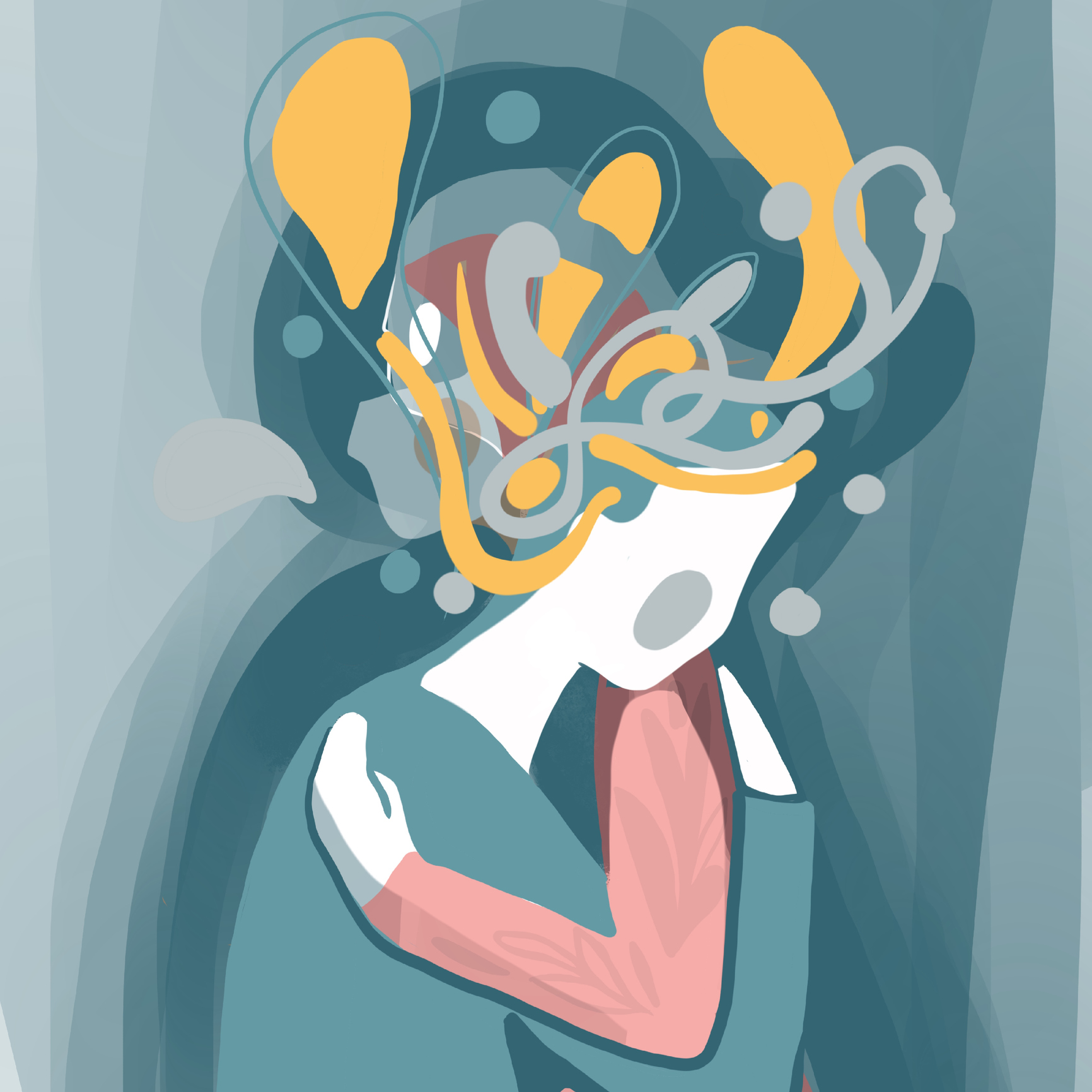
Loneliness has long been a pervasive issue within the disability community, growing even more pronounced as individuals age. Research indicates that, in particular, autistic adults grapple with markedly higher levels of loneliness compared to their non-autistic counterparts. Ironically, relentlessly pursuing a disabled person’s greatest sign of “success”—independence—might be the very thing that’s setting many autistics on a path towards profound loneliness and fragmented relationships.
The pursuit of self-sufficiency and the coveted ideal of “independence” are deeply American. But, even if inadvertently, it’s fueling disabled individuals’ loneliness. In her book, "The Beasts of Burden: Animal and Disability Liberation," disability studies scholar Sunaura Taylor highlights the societal fallouts faced by disabled individuals who do not achieve this ideal of independence. Such societal consequences include economic disenfranchisement and social marginalization. But what is not being talked about is that those people who do achieve that type of independence face real costs, too.
Being the optimal version of an “an adult in America” is to move out, live on your own, and build your own family. Within the diverse and vast spectrum of autism, there are undoubtedly autistics who go on to experience fulfilling relationships and establish families of their own in adulthood. That said, for a good number of other autistics, especially those significantly impacted by social interaction skills, as well as sensory and behavioral challenges, their biological families are likely the only real family they will ever have. But there is a sense of societal disapproval attached to living with your biological family in the U.S. in older age, even if this is a common practice in other cultures. In turn, the societal ideal of “independent living” for people with autism translates to living apart from their family and being surrounded instead by a series of paid support staff, who will go home to their own respective families at the end of each work shift.
The high turnover in the lower-paid and high-stress disability support profession results in fleeting connections, leading to a lack of continuity needed to form lasting relationships for people with autism. Even the most wonderful of support staff will last a few years at best, before they completely disappear from life.
I’ve seen this personally: As someone who has autism, I’ve experienced a revolving door of over a 100 support staff—and I plan on living for many more years. The reality is that any person with autism is a client, a case, a job to the people they tend to interact with most—and that’s not the same as family or friends. A higher staff turnover is especially ubiquitous for autistics who are considered “challenging cases,” as staff naturally look to move to a higher paying job or an “easier case,” as soon as they can. Consequently, as autistics age, their world can become increasingly lonely, leaving them even more vulnerable on multiple fronts.
In his book, "Together: The Healing Power of Connection in a Sometimes Lonely World," U.S. Surgeon General Dr. Vivek Murthy eloquently captures the essence of loneliness—the absence of closeness, trust, and genuine affection from friends, loved ones, or community. It is the overwhelming sensation of being "cut off from the people with whom you belong—even if you’re surrounded by other people." Murthy also points out the irony in the way that there is an aggressive rush to mitigate and investigate the origins of physical pain even as the emotional pain of loneliness, loss, and disappointment is seen as less consequential; even though overlapping regions in the brain are implicated for both physical and emotional pain.
Autistic individuals face a unique challenge in building trust without the enduring connections to accompany it. It is a misnomer to think that the more significantly impacted autistics do not want social connection just because they don’t or can’t verbally communicate their needs. For instance, taking breaks from overwhelming sensory moments should not be conflated with a lack of desire for enduring human connection. As a result, our mental health needs are also often lost in the melee of other more visible behavioral and any health-related challenges that are seen as more pressing. The resultant isolation and loneliness increases the mental health toll, which may manifest as neuropsychiatric behavioral exacerbations, depression, or even apathy.
All humans, disabled or not, yearn for human connections that enrich their lives beyond a mere fulfillment of basic needs. The push towards independence in disabled communities, although well-intentioned, might inadvertently deprive autistics of these essential human connections, in an otherwise hyper-connected world.
To be sure, the goal of independence is to empower disabled people to build resilience, develop crucial life skills, and gain a sense of self-worth. In fact, encouraging autonomy fosters confidence and self-assurance, enabling autistics to navigate social situations more effectively.
But it’s also essential to recognize that advocating for meaningful connections and a more balanced approach to independence does not diminish the importance of autonomy. Striking a balance between independence and support is crucial for the well-being of autistic individuals.
Addressing the loneliness epidemic in the disabled community necessitates a nuanced understanding of independence because in actuality, all humans live in a cycle of dependency. The perceived division between independence and dependence is a flawed notion. Embracing this truth could pave the way for a more inclusive society that transcends the limitations of societal norms and helps us build better support systems that result in enduring human social connections for people with autism.
More Must-Reads from TIME
- Introducing the 2024 TIME100 Next
- The Reinvention of J.D. Vance
- How to Survive Election Season Without Losing Your Mind
- Welcome to the Golden Age of Scams
- Did the Pandemic Break Our Brains?
- The Many Lives of Jack Antonoff
- 33 True Crime Documentaries That Shaped the Genre
- Why Gut Health Issues Are More Common in Women
Contact us at letters@time.com